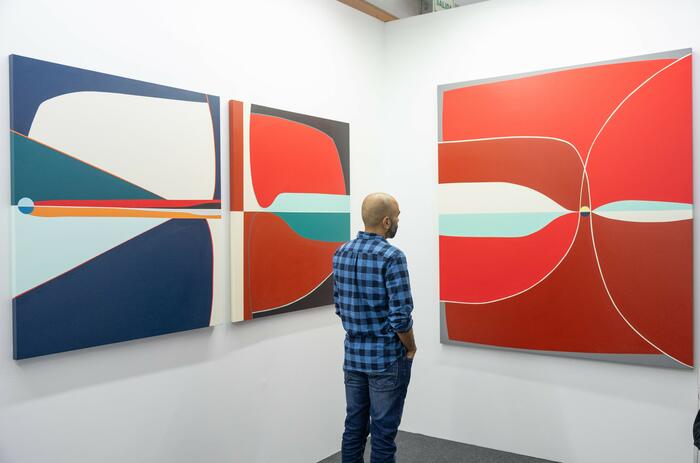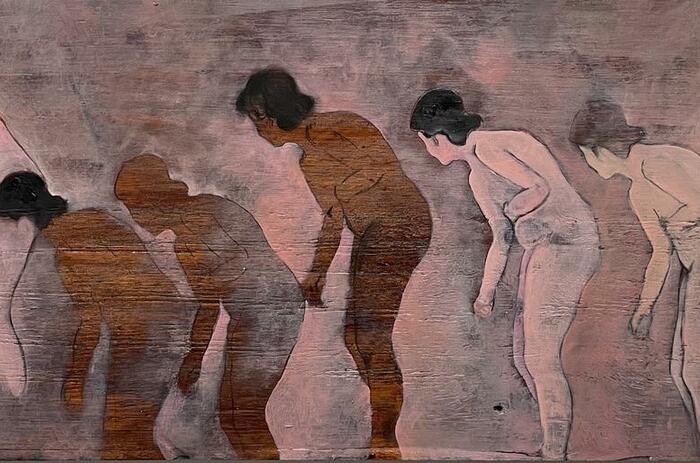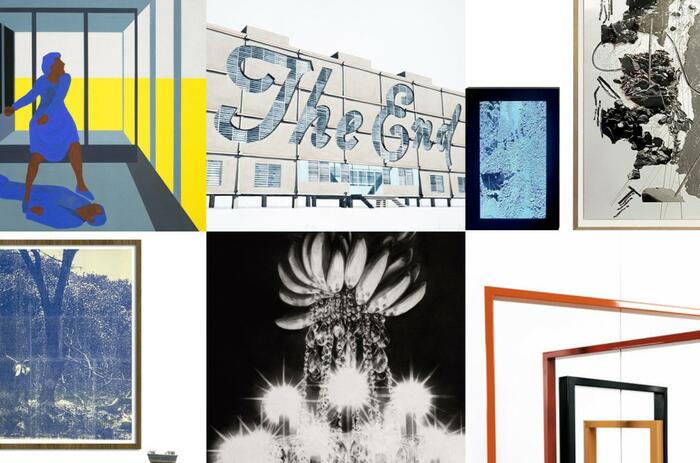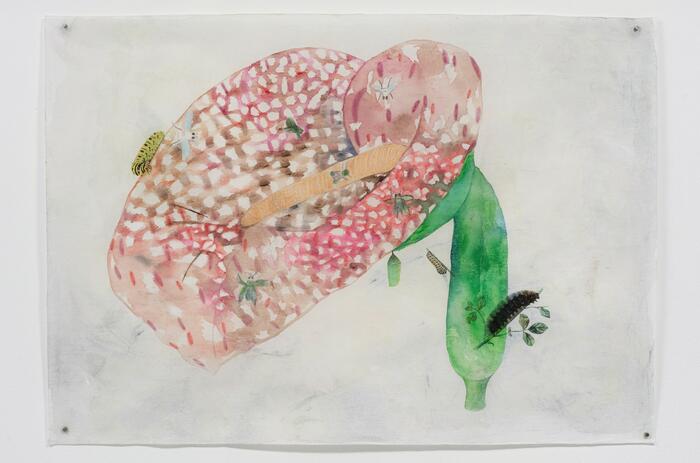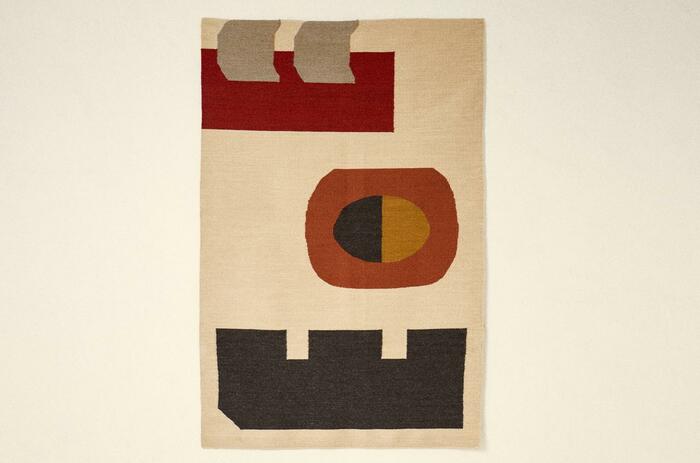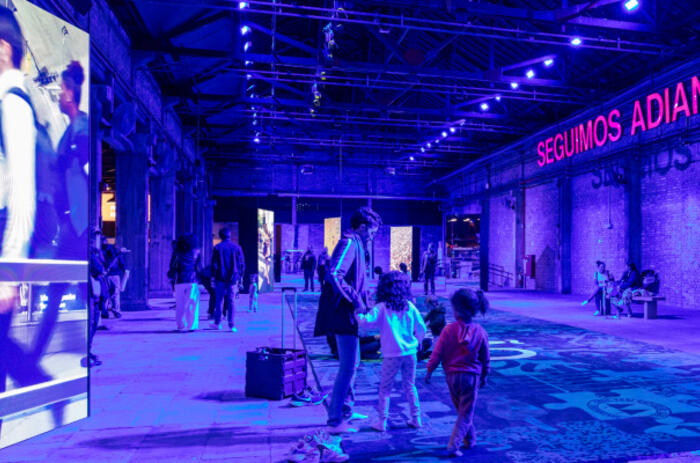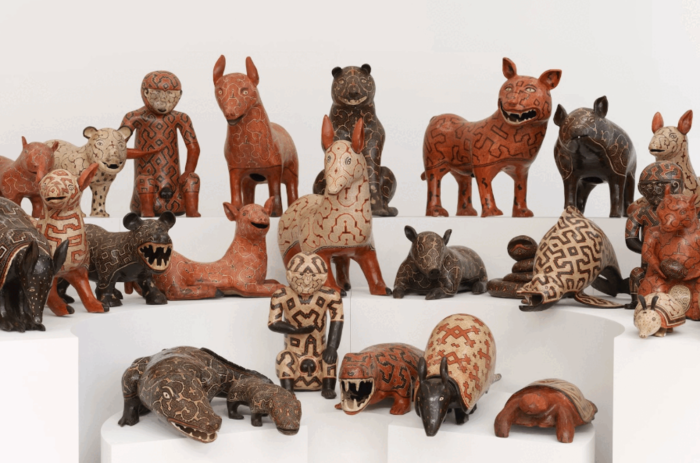BRUNO ZEPPILLI: IMAGES OF A SILENCED HISTORY
The Museo de Arte de Lima (MALI) presents Transformaciones visuales, an exhibition dedicated to the work of Peruvian artist Bruno Zeppilli. The show offers a provocative reading of how certain images persist in Peru’s collective memory.

Through a body of work that draws on historical, religious, and political references, Zeppilli explores the enduring echoes of the past in the fabric of the present. Educated in Lima, Florence, and New Jersey, the artist has developed an aesthetic that draws from medieval and colonial religious art—not merely as citation, but as a framework for critique and reflection. Sacred imagery, particularly in its Andean baroque form, becomes in his work a visual language to address human suffering, systemic violence, and desire.
Although a student of Tilsa Tsuchiya, Zeppilli diverges from her mythical dreamscapes to build a denser, more corporeal iconography. Instead of fantastical creatures and otherworldly landscapes, his canvases feature exposed bodies, often depicted in conflict or violation. The spiritual dimension in these works is constantly under tension: between sacred and profane, the spiritual and the political.
A central focus of the exhibition is Zeppilli’s reinterpretation of Christian iconography: armed angels, penitents in flames, and figures drawn from Huamanga stone carvings are stripped of their devotional context. In his hands, they become allegories of power and punishment, of the suffering body and a salvation system based on moral accounting.
This tension extends to his treatment of national imagery. Traditional representations—like the reclining female figure symbolizing the Republic—are shown in scenes of violence and domination, often with racial or gendered undertones. These compositions challenge Peru’s founding narratives and expose the hidden violence behind its patriotic symbols.
Yet Zeppilli’s work also carries a spiritual undertow. He often quotes Saint Thérèse of Lisieux to describe his creative process as a “subterranean path” toward light—a metaphor that resonates across his entire practice. Misty backgrounds, shadowy figures, and barely defined bodies move between darkness and revelation.

